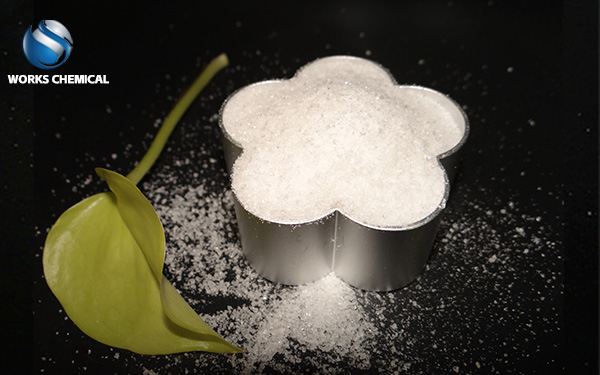
Solving the problem of domestic sludge dehydration and reducing the sludge moisture content to 60% is an important goal in the sludge treatment process. Here are some effective solutions:

One. Sludge conditioning
Sludge conditioning is the key step before sludge dehydration, by adding conditioner can change the nature of sludge, improve the efficiency of dehydration.
Chemical conditioning:
Adding inorganic conditioning agents: such as ferric chloride, lime, etc., can destroy the cell wall of the sludge, release the bound water, adsorbed water and intracellular water, and improve the dewatering performance of the sludge.
Add organic conditioner: such as polyacrylamide (PAM) and other polymer flocculants, through charge neutralization and bridging, so that the particles in the sludge into a larger floc, conducive to dehydration.
Physical conditioning:
By heating, freezing, ultrasonic and other physical methods to change the structure and properties of sludge, improve the dehydration effect.
Two, choose efficient dehydration equipment
Frame filter press:
Through high pressure filtration, suitable for the treatment of sludge with high moisture content. The plate and frame filter press can form a higher pressure and squeeze out the water in the sludge to achieve a lower water content.
Belt filter press:
The water in the sludge is squeezed out by the pressure of the press belt, which is suitable for the large amount of sludge. The belt filter press has the advantages of continuous operation and high degree of automation.
Centrifugal dewatering machine:
Using the centrifugal force generated by high-speed rotation, the solid and liquid are separated, and it is an efficient dehydration equipment. Centrifugal dewatering machine is suitable for the treatment of large particles of sludge.
Three, optimize the dehydration process
Adjust the dosage of conditioner:
According to the nature of the sludge and the requirements of the dewatering equipment, adjust the dosage of the conditioner to ensure that the coagulation and flocculation effect of the sludge reach the best state.
Control sludge flow rate into the dewatering equipment:
By adjusting the parameters of the pipeline and pump, to ensure that the flow rate of sludge into the dewatering equipment is stable, to avoid too fast or too slow flow rate resulting in poor dewatering effect.
Regular cleaning and maintenance of dewatering equipment:
Regularly clean the filter cloth, filter screen and other parts of the dewatering equipment to avoid blockage and wear. At the same time, check the operating status of the equipment, and repair and replace the damaged parts in time.
Four. Sludge follow-up treatment and utilization
Sludge landfill:
The dehydrated sludge will be landfill treatment, but it is necessary to pay attention to the site selection, design and operation management of the landfill to ensure that it will not cause harm to the environment and human body.
Sludge incineration:
Incineration of dehydrated sludge can completely eliminate harmful substances in the sludge and recover heat energy at the same time. However, it is necessary to pay attention to the treatment of pollutants such as waste gas and waste residue generated in the incineration process.
Sludge composting:
The dehydrated sludge is composted and can be converted into organic fertilizer for agricultural production. However, it is necessary to pay attention to the temperature, humidity, ventilation and other conditions in the composting process to ensure the quality and safety of composting products.
Sludge brick:
The dehydrated sludge is mixed with other materials to make building materials such as bricks to realize the resource utilization of sludge.
In summary, to solve the problem of domestic sludge dehydration and reduce the sludge moisture content to 60%, it is necessary to consider sludge conditioning, dewatering equipment selection, dehydration process optimization, and sludge follow-up treatment and utilization. Through scientific and reasonable measures and advanced technical means, the efficiency and quality of sludge dewatering can be effectively improved, and the dual goals of sludge resource utilization and environmental protection can be achieved.